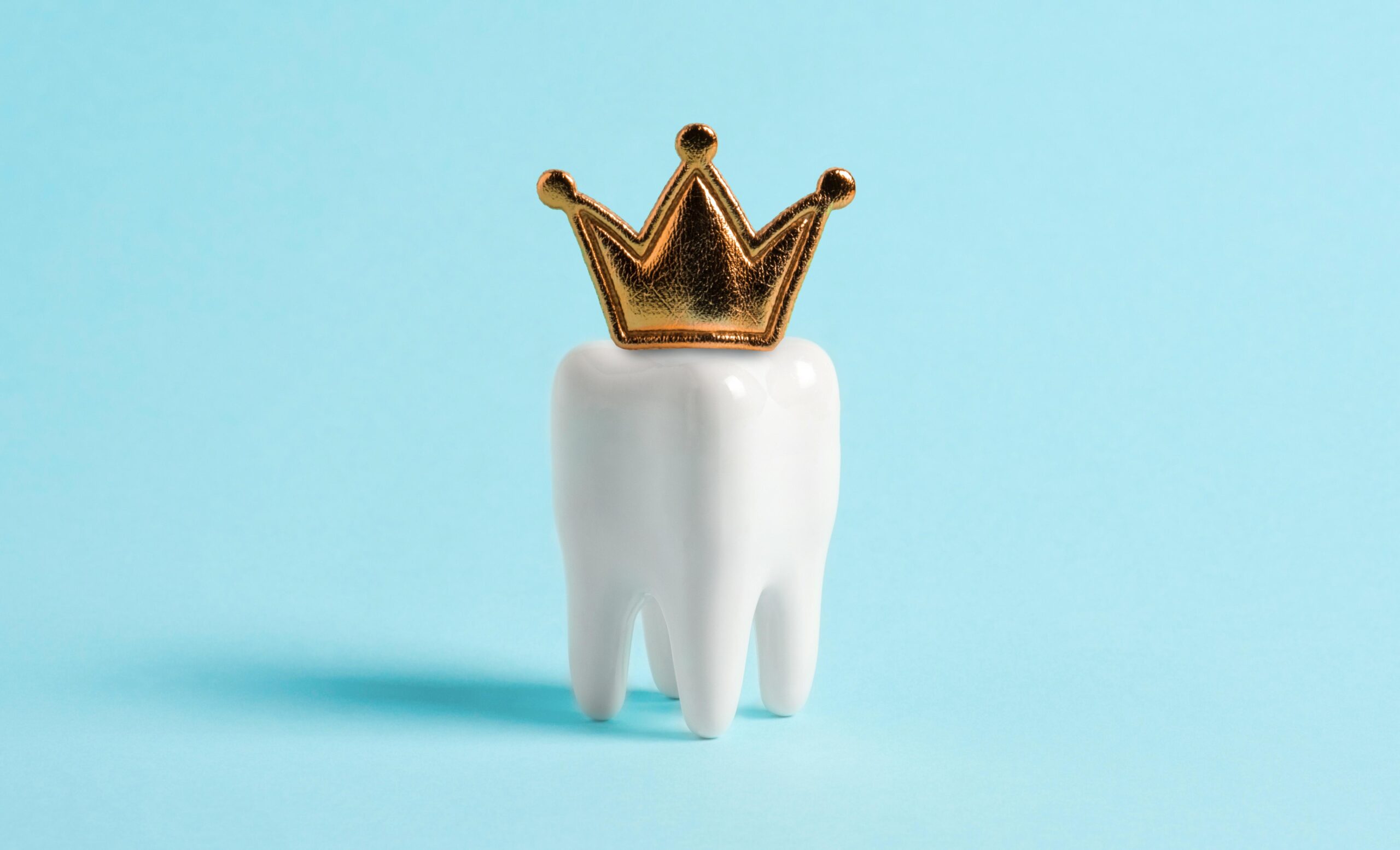WHAT IS THE DIFFERENCE BETWEEN A DENTAL FILING AND A ROOT CANAL?
When receiving a dental filling or root canal in Belmont, the patient may not experience much difference between the two procedures. During both a filling and a root canal, the patient’s mouth is most likely numb, and the drilled area is then covered with a dental restoration. The differences, though, occur in the type of restoration and the severity of the procedure.
Dental Filling
Your dentist may locate a cavity and suggest a dental filling. This process is relatively quick with minor discomfort. After you arrive for your appointment, your dentist will most likely inject a local anesthetic into the gums and tissue around the affected tooth. The dentist will leave for a few minutes while the medication takes effect. Once your mouth is numb, he and a dental assistant will remove the cavity and cement a filling into the tooth. He will use a drill to remove the cavity and all signs of growing bacteria on the affected tooth. Once he is satisfied the cavity is gone, he will use a composite filling to cover the drilled area of the tooth.
Root Canal
A root canal treatment is a different procedure for the dentist, though the experience is somewhat similar for the patient. X-rays will be taken to determine the extent of infection and the shape of the root canals in the infected tooth. The dentist or endodontist will anesthetize the area and place a sheet of rubber around the tooth. This is called a dam, and it is used to block saliva from the treatment area. The dentist will drill into the tooth until he reaches the nerves and tooth pulp. These will be removed, and the root canals will be cleaned out and sterilized. Once the canals are cleaned, they will be sealed, and a temporary dental crown will be placed over the tooth to protect it. If your dentist offers same-day restorations, you may receive a permanent crown that same day. Otherwise, you will make another appointment for a week later to receive a custom-made, permanent crown.







